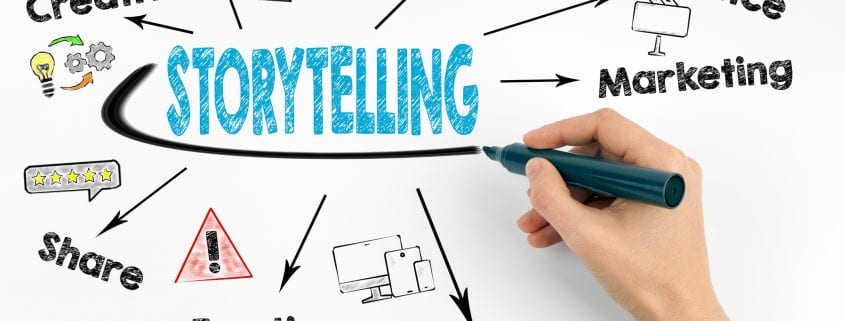
Using The Right Media Mix During Each Stage Of The Buyer’s Journeys
Not all buyers are created equal, and depending on what stage in your sales funnel a buyer lands can dictate the type of marketing they’re ready to receive. And while old marketing practices preached broadcasting a message to the masses, using a media mix to nail down a lead at a specific point along their buying journey is crucial and proven to be more effective to converting leads into sales.
Inbound marketing is about just that: tailoring exactly the right content to your buyer precisely when they need it. In order to accomplish this, though, you must know exactly who your buyer is, where they are in your sales funnel, and what content they need. To do this, you must first understand your buyer personas. From there, you can begin crafting a targeted, personalized, and efficient marketing campaign keeping your buyers in mind.
In order to find the right media mix for your buyers, though, you need to better understand your buyer’s journey stage by stage.
Awareness
Awareness is just the beginning of your buyer’s journey. At this stage, potential buyers are becoming aware they have a problem and begin their search for a solution. This is a perfect opportunity for your brand to be the first thing they see, and plenty of juicy, easily-consumed, educational content will satiate their desire to learn more about their problem.
The awareness stage is at the top of your sales funnel, so buyers are most likely ready to receive a media mix of keyword-focused and successful blogs, PPC and SEO to drive traffic to your site, and mass media to get your message across. Essentially, your buyers will become information consumers and it’s your job to be the content expert they turn to during this initial information gathering phase through your sales funnel.
Your buyer’s awareness of having a problem, incidentally, coincides with your own company’s brand awareness which is the cornerstone of helping curious buyers find their way to your content. Learn how to build that foundational content in the second part of our attraction marketing series: How to Drive Brand Awareness.

Consideration
Once a buyer has been made aware of their problem, the consideration stage of their buying journey begins. At this point, buyers truly begin to shop around for a solution to their problem and it’s extremely important for you to deliver authoritative, trusted solutions as they matriculate through your sales funnel. Here your brand becomes more distinguished from your competitors.
This is where granular, tailored messages begin to take on a new life and a new role for your buyers media mix, typically in the form of targeted emails that trigger actions from the buyer. Drip emails and lead nurturing campaigns (when used correctly) will become the staple media mix for these buyers entering the middle of your sales funnel. From those emails, a buyer should be able to download content, sign up for a webinar, or read a case study.
Naturally, once a potential buyer filters their way into the middle of your funnel, they must be nurtured in a way that will keep them thirsting for more content and information about your brand. The third part of our attraction marketing focuses on exactly that: Using Lead Nurturing During the Consideration Stage of the Buyer’s Journey.
How do you create great content with the help of the buyer’s journey?
Decision Making
This is where the rubber meets the road for your marketing and your buyer’s journey. If your buyer has made it this far, then you’re on their short list and it’s time to make all of those hard-fought marketing efforts deliver by closing your lead into a sale. Now, you should prove why your brand is above and beyond your competition and establish an emotional connection with your prospective buyer.
At the bottom of the funnel, the best types of mix media marketing for your lead are retargeting and one-to-one connections. Retargeting is where you reconnect with your site visitors and offer a fresh look at your brand while one-to-one connections make a personal connection with your buyer through emails, phone calls, or customized demonstrations of your products or services. These are make-or-break tactics, and implementing them very well could make the difference in making a sale.
For some marketers, picking up the phone and calling a prospective sale can strike fear into their hearts at first glance. Nevertheless, the final piece of the attraction marketing puzzle comes by Using Personal Selling During the Decision Making Stage. Here, we will discuss how to successfully make those personal connections and close your qualified leads into sales.
















